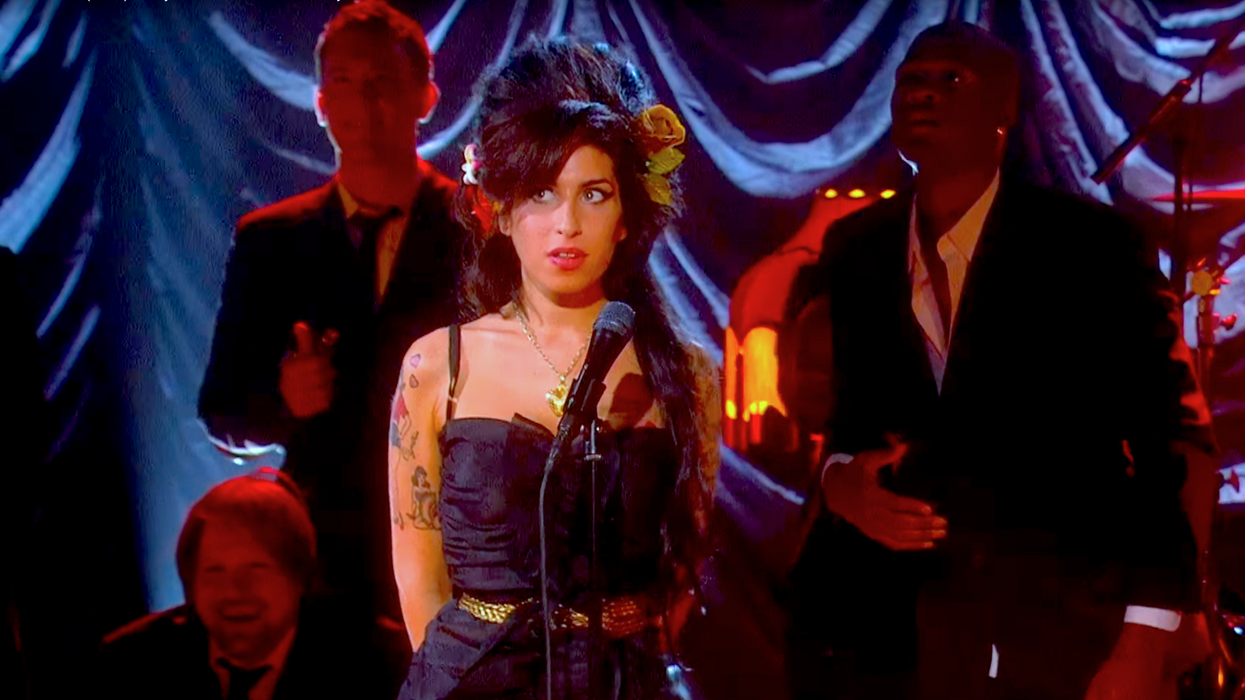What We Can Learn from the 2016 Oscar-Nominated Doc Directors
Documentary and narrative filmmakers alike can benefit from hearing how each of these helmers approached their lauded docs.

There's one silver lining to this year's #OscarsSoWhite: the subjects of the nominated documentaries are as diverse as Hollywood is, well, not. The honored films this year include The Look of Silence, about how a survivor deals with his brother’s murder during the Indonesian genocide; Amy, on the life and untimely death of singer Amy Winehouse; Winter on Fire: Ukraine's Fight for Freedom, a front-lines look at the Ukrainian civil rights uprising in 2013; Cartel Land, a violent portrait of vigilantes protesting the Mexican drug cartels; and What Happened, Miss Simone?, on the singer and civil rights activist Nina Simone.
There is no formula for making a documentary. Each one has its own unique challenges, struggles and strategies depending on the myriad considerations that accompany the filmmakers’ dependence on real life. Therefore, we can all learn from how they approached their projects before and during production. Here are the trailers for this year’s spectacular films, and some insights that the filmmakers have shared about the thinking behind their productions:
'Cartel Land' and Shooting in Dangerous Situations
Director, Matthew Heineman | Producer, Tom Yellin
Matthew Heineman in No Film School:
"I've never been in a war zone. I've never been in the types of situations that I found myself in. We took a lot of precautions....We knew we were going into a really dangerous situation, where citizens were rising up to fight back against the cartel.
We had a security firm that was following us with a tracking beacon in case we got kidnapped; we wore bulletproof vests. Every day when we got up in the morning, we'd have a series of different journalists that we'd call to triangulate where we were so they knew what roads we'd be driving on. Then obviously, you gain an on-the-ground sense of the danger and how to avoid it. We'd always have a certain getaway car in case we had to leave quickly. "
Finding the Story in 'Amy'
Director, Asif Kapadia | Producer, James Gay-Rees
Asif Kapadia in VOGUE:
“I never know going in if I’ve even got a movie to make. Once you start making a film you hope there’s going to be enough material! My job as a director is always to push for more. I think it’s often about making a little bit go a long way. But you get lucky. You need luck when you make anything, any kind of art...It’s also context: You give something a context, and suddenly it becomes really deep or meaningful footage.”
Using Metaphor in 'The Look of Silence'
Director, Joshua Oppenheimer | Producer, Signe Byrge Sørensen
Joshua Oppenheimer in No Film School:
"Metaphor in cinema needs to have an enduring mystery. It can’t be something you can fully translate. But secondly, it is something you have to grow and cultivate, like a plant in the garden. You can have a beautiful forget-me-not in the garden, and cultivate it, and you really see it and feel it. And in a meadow, among weeds, you don’t see it."
Music as Narrative in 'What Happened, Miss Simone?'
Director, Liz Garbus | Producers, Amy Hobby and Justin Wilkes
Liz Garbus in the Hollywood Reporter:
"I looked at the film like a nonfiction musical. It's not going to be [a film] with people talking and then you hear little bits of music; the music helps us tell the story. I wanted songs to play long. I wanted the songs to help tell the story. So when [protagonist Nina Simone]'s falling in love with the first big love of her life, it's 'I Love You Porgy,' and when she leaves him it's 'Don't Smoke in Bed,' and when it's her political awakening it's 'Gifted and Black.' The songs were always having that interaction with the narrative."
Spontaneous Production Strategy of 'Winter on Fire: Ukraine’s Fight for Freedom'
Director, Evgeny Afineevsky | Producer, Den Tolmor
Evgeny Afineevsky in Screen Daily:
"We started to film and events started to unfold [in the Ukrainian Revolution]. Suddenly kids got beaten and people were kidnapped, so I engaged cinematographers and professionals who had been there. We ended up with 28 cinematographers because events were becoming so big that we needed eyes everywhere. It was becoming a huge, massive protest. It was so spontaneous and we needed to document everything that was happening.
We were all exposed to the possibility of death but at those moments the feeling of documenting history was stronger than thinking about our lives. We were filming and saving it into different places and backing up in different places because we were afraid something would happen."











